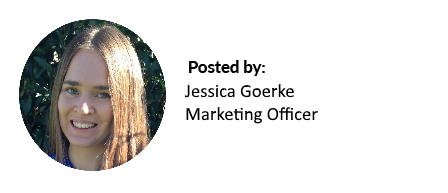Consistent messaging and data transparency may sound like a lot of work in theory, but really it’s down to client profiling and data transparency.
If you have a meeting with a client, the main conversation should be recorded. You don’t need to go overboard and record every single sentence. After all, we are trying to be lean with our management process. Noting the main conversational elements and any side questions will be enough. This way, if the same client has another meeting with another employee, that employee can view the notes and will already know the basics of the conversation.
Creating a consistent Client/Stakeholder profile
Effective Messaging = Simple + Consistent
Every stakeholder meeting should have a documented profile. This profile should be structured so any employee can read and understand the document. Like a guided script. Name, meeting times, the purpose of the meeting, what the meeting achieved, unresolved problems and the best person to contact. So this way, if the stakeholder calls up an employee and asks them a question about a past meeting, the employee can pass the question to the relevant person; provided they don’t have a written answer to the question. This will help reassure the stakeholder that they are talking to the most appropriate person and they are getting the most valuable answers.
The level of detail in your notes depends on your business. Here are a few categories to include when creating a profile:
Stakeholder details:
- Name
- Suffix
- Salutation
- Role
- Organisation
- Contact number
- Fax
- Mobile
- Web Address
- Relationship with business
Meeting notes:
- Meeting date
- Meeting agenda
- Linked projects
- The outcome of the meeting
- Best person to contact for more information of the client/stakeholder
- Next meeting date
- Purpose of next meeting date
- What is to be completed by meeting date
Data Transparency helps consistent messaging
To keep consistency within internal documents, the data needs transparency. Data transparency involves ensuring people have access to complete records so they can efficiently do their jobs. It’s not only about maintaining structured data, it needs to be kept up-to-date. You want to make sure your employees are confident the information is current. Data transparency represents a movement away from an environment where people hold information hostage – which typically happens under the guise of data ownership.
Imagine if you have multiple projects and some of those projects overlap. It’s easy to get mixed up with information for another overlapping project. Especially if you have the same stakeholders across both projects. This can cause detrimental effects for your business. The ripples of this kind of activity span much greater than cost inefficiency, and influences both your internal and external stakeholders. The time to complete a project will take longer, resulting in more cost. Your stakeholders may leave you for another consultation firm who is more organised. There could be a backlash on social media which can negatively reflect your organisation’s image.
There are a few operational practices you can include to keep your data transparency current and consistent:
- Proactively be on top of stakeholder sentiment
- Enable informed decision making
- Consistent organisation wide messaging
Teach your employees to convey a consistent message to stakeholders
You have the power to create valuable stakeholder relationships. Gaining and keeping your stakeholders trust is important. Consistent messaging can encourage this. Make sure your stakeholders are always receiving the most important and up-to-date information. Keep your stakeholders happy by keeping them in the loop. Use data transparency as a method to encourage consistent messaging. Educate your employees to be consistent with messages. Use consistent messaging and you have the ability to create a positive organisational image.




